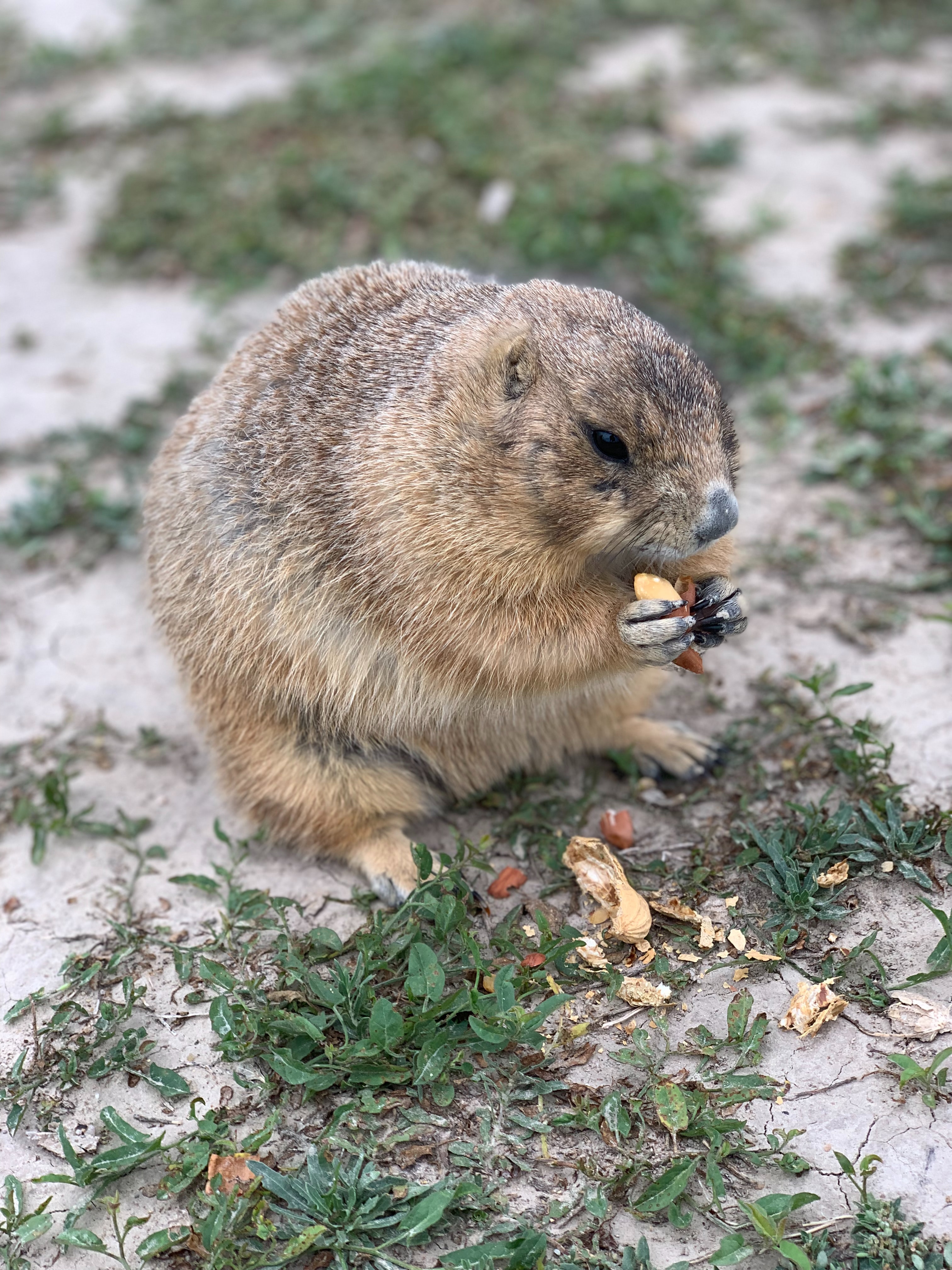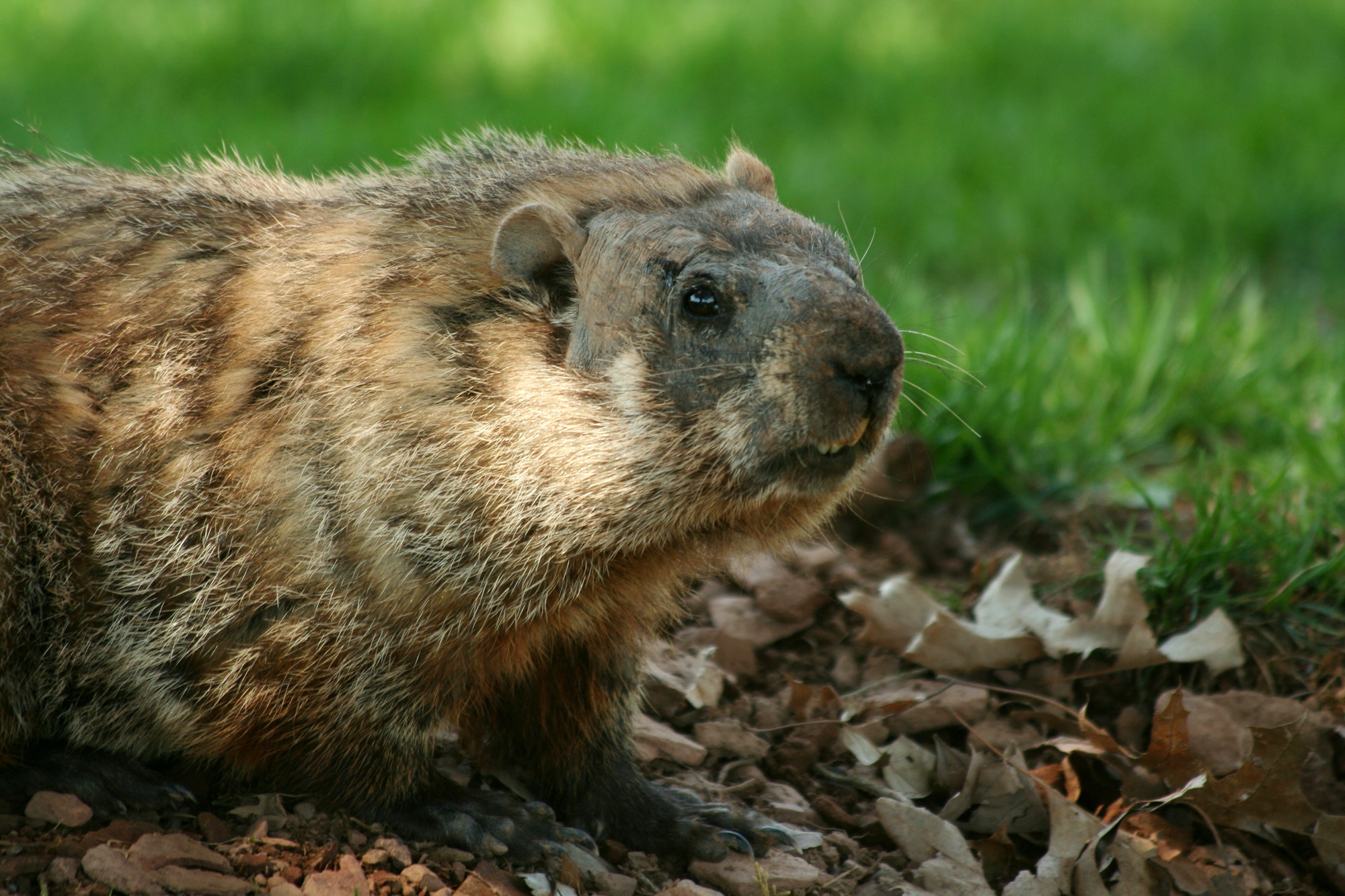What Are Woodchucks?
How much wood could a woodchuck chuck, if a woodchuck could chuck wood? A woodchuck would chuck all the wood he could if a woodchuck could chuck wood! We have all heard of woodchucks from the common tongue twister, but what are woodchucks?
The answer is in the tradition originating in Pennsylvania that determines the end of winter.Groundhog day! As tradition goes, if the groundhog sees its shadow it gets scared and returns to its burrow for six more weeks which means a longer winter.

Woodchucks are actually groundhogs. So while we hope that the groundhog does not see its shadow on February 2nd so that we have an early end to winter, what is the actual reason that woodchucks come out around this time.
The actual reason a woodchuck pops out of its hole in early February is to find a mate. Mating season begins in March and the males want to scope out potential mates before returning to their burrow to hibernate for the rest of the winter.
Woodchucks hibernate during the winter months, typically from October to March, in their burrows.Their burrows are dug out below the frost line where the earth maintains a moderately constant temperature during the winter months. As with most animals that hibernate in the winter, the woodchuck eats extra food in the summer months and saves the energy for when they are sleeping in the winter.
Throughout the winter months, a woodchuck loses about half of its body weight. Also during hibernation, to conserve energy they enter a deep sleep where their heart rate gets as low as 4-10 beats per minute and they only breathe about once every six minutes.

While many may think that woodchucks eat wood, as it is in the name, they are mostly herbivores. Their primary diet consists of wild grasses, and berries, however, they will eat the occasional grasshopper or caterpillar, or other small animals that come across their paths.
Did you know the teeth on woodchucks grow approximately 1/16th of an inch every week because that is how much that their teeth wear down throughout the week gnawing on wild grasses. They stay close by their burrows for protection from their predators.
Their main predators include coyotes, badgers, and foxes. The burrow is a great source of protection because their predators can not reach them there. Woodchucks burrow out approximately 6 cubic feet of dirt per each chamber. They will use these chambers for protection, as well as to hibernate during the winter. Woodchucks will line the chamber with dry leaves and grass for hibernation.
Woodchucks will connect their dens with other woodchuck’s dens to form a burrow. These burrows pose a challenge in urban development because the underground will be missing a significant amount of dirt due to the woodchucks burrowing it out for a home. Along the lines of urban development, habitat destruction has been an issue over the past few years for woodchucks as us humans keep expanding and building new properties.








